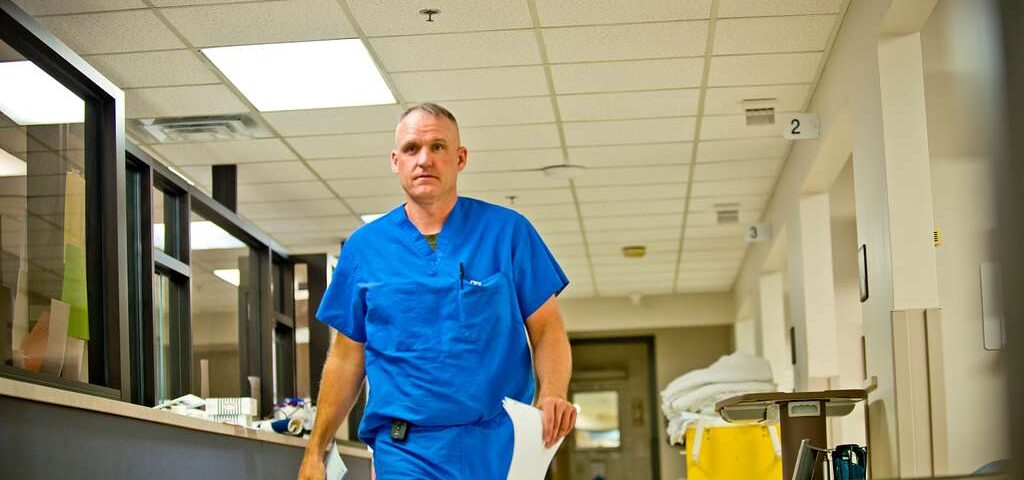
Primary Care: Preventive Care That Saves You Money
October 1, 2025
The Benefits and Risks of LASIK Surgery: Is It Right for You?
October 1, 2025An orthopedic surgeon plays a fundamental role in diagnosing, treating, and guiding recovery for patients with bone fractures. These specialists use advanced techniques and personalized care plans to promote proper healing and long-term function. Their expertise helps patients regain mobility, reduce complications, and restore well-being after an injury.
Bone Fractures and Surgical Needs
A bone fracture occurs when a bone breaks due to force or trauma. Fractures can range from simple cracks to severe breaks where the bone is displaced or broken into multiple pieces. While several minor fractures can be treated non-surgically with casts or splints, complex injuries often require surgical intervention. A bone and joint surgeon will evaluate the fracture to determine the best course of action.
Surgery becomes a helpful option under specific circumstances. For instance, if the bone fragments are significantly out of place, an orthopedic surgeon can realign them to promote proper healing. Fractures that involve a joint, are unstable, or have damaged surrounding soft tissues often need surgical repair. An orthopedic specialist has the specialized training to assess these factors and decide if surgery is the right treatment.
Treatment for Bone Fractures
When surgery is necessary, an orthopedic surgeon employs various techniques to repair a fractured bone. The primary goal is to stabilize the bone and hold it in the correct position while it heals. A standard procedure is open reduction and internal fixation (ORIF).
During ORIF, the surgeon makes an incision to access the broken bone and realigns the fragments. The specialist then uses hardware like screws, plates, rods, or pins to hold them in place. The internal hardware maintains the bone’s stability, enabling it to fuse together correctly.
Another technique is external fixation, where pins or screws are inserted into the bone on both sides of the fracture. These pins are then connected to a metal bar or frame outside the skin. This method is often used for severe fractures with significant soft tissue damage, as it provides stability without requiring hardware to be placed directly at the fracture site. Each surgical approach is tailored to the specific type and location of the fracture.
Recovery Process With Orthopedic Care
After surgery, the orthopedic surgeon continues to play a key part in the patient’s recovery. The surgeon will monitor the healing process through follow-up appointments and X-rays to make sure the bone is healing correctly. Pain management is also a fundamental component of post-operative care, and the surgeon will prescribe medication to help manage discomfort.
Physical therapy is often a helpful part of the recovery plan. An orthopedic specialist works closely with physical therapists to design a rehabilitation program tailored to the patient. This program helps to restore strength, flexibility, and range of motion to the injured area.
Consult an Orthopedic Surgeon Today
An orthopedic surgeon plays a fundamental role in treating bone fractures, from initial diagnosis to post-operative care. Their specialized skills enable them to provide patients with the most appropriate treatment for their injuries. This often leads to a successful recovery and a return to an active life. Contact an expert orthopedic surgeon near you to schedule a consultation for expert guidance and personalized treatment options.





